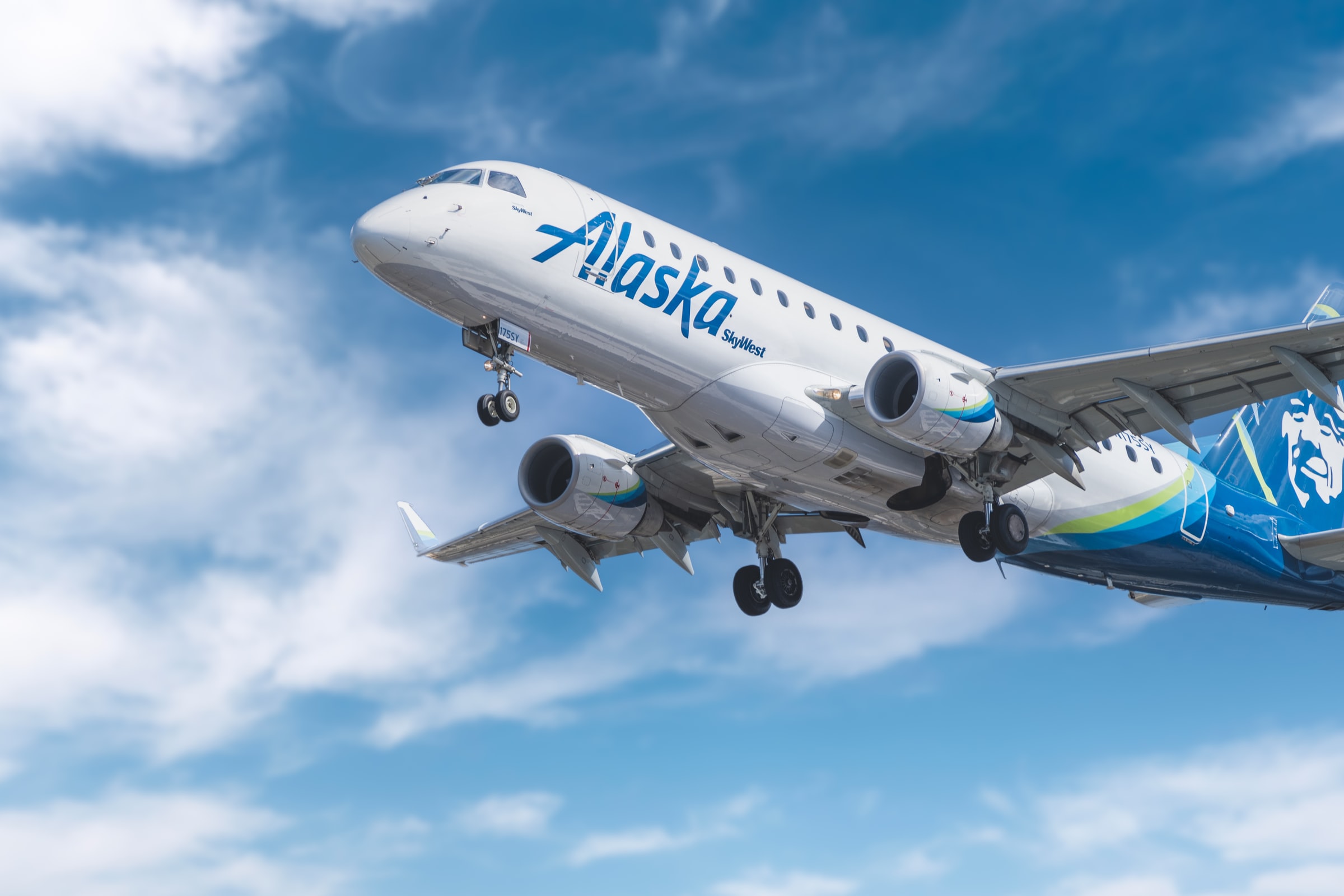
Last month (April 2016), Alaska Airlines announced their intention to purchase rival carrier Virgin America for $2.6B—roughly a $1B premium over Virgin America’s market capitalization just a few days earlier. The $1B difference is primarily attributed to ‘goodwill’ – related to the strong brand that Virgin America has built in the US since launching in 2007. “Goodwill” is defined by Investopedia as:
“an intangible asset that arises as a result of the acquisition of one company by another for a premium value. The value of a company’s brand name, solid customer base, good customer relations, good employee relations and any patents or proprietary technology represent goodwill.”[1]
Essentially, “goodwill” is to a business what reputation is to a person.
The Challenge: Effectively Managing Your Brand Reputation During an Acquisition
While Alaska Airlines is highly profitable and the acquisition is expected to be accretive in the first year, maintaining goodwill during this transition is vital for long-term client retention and the value of the business.
Just days after the announcement, articles began to appear that highlight this challenge. For example, an article on Skift (a travel media intelligence company) makes the case that Alaska is not proactively managing customer perceptions, a quote from Chris Nurko, Global Chairman of Futurebrand, is telling. “What is interesting is the voice of the customers, those who are flying Virgin: Alaska needs to reach out to them. From what I’ve heard and I’ve read, they don’t seem to be doing that.” Nurko notes that Virgin America is reaching out to its’ customer base, but Alaska has remained silent so far and that this is unsettling to Virgin’s loyal customers (he is one).
So, What Could Alaska Airlines Be Doing?
Corporate communications—effectively managed—can play a large role in maintaining “goodwill” during an acquisition. A timely, well-managed communications outreach strategy during an acquisition has the power to win over a customer base, while simultaneously maintaining the value of the company.
While there are many examples of communications strategies successfully deployed during financial transactions, those that can be described as ‘best practice’ share a few common elements:
1. Seven-day-a-week media monitoring of channels – print, broadcast, and online – to facilitate real-time alerts on hot, breaking news
2. The ability to profile and deferentially score content from “sources of interest” within the overall coverage, to ensure that thought leader commentary is properly managed towards the positive
3. Comprehensive media measurement and reporting on all media types, to ensure that the communications team maintains a broad strategic view of the media landscape and kept them from being surprised by breaking news
4. As a consumer-oriented company, regular social media impact reports can provide insight into customer engagement levels and tone, as well as highlighting the ‘social momentum’ of any negative stories
5. A ‘rapid response’ monitoring capability, to enable the communications team to redirect the focus of analysis and monitoring quickly. Output from this enables the communications team to continuously adjust their focus and strategy, ensuring they are always able to respond rapidly to fast-moving issues.
With a communications strategy focused on protecting the goodwill of the Virgin America brand and a “best practices” media monitoring strategy, there is every reason to expect Alaska Airlines to successfully navigate this transaction, which is expected to close in 2017.
[1] http://www.investopedia.com/terms/g/goodwill.asp
[2] https://skift.com/2016/04/12/the-death-of-virgin-americas-brand-and-the-aftermath-of-the-alaska-airlines-sale/




